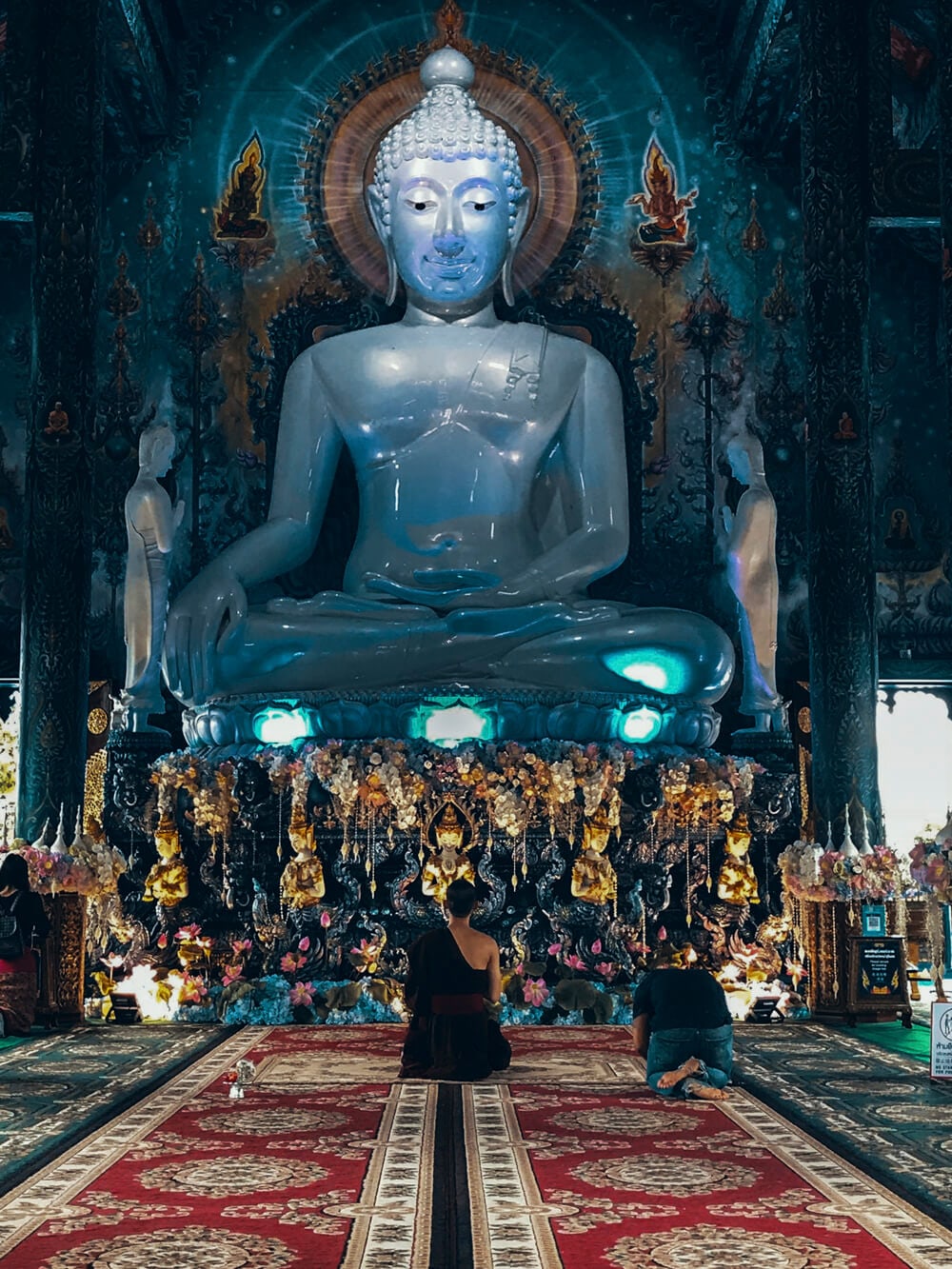The East is steeped in fascinating culture, with many Asian countries having deep spiritual roots. According to Touropia, Asia is the birthplace of most of the world’s mainstream religions and beliefs, including Christianity, Buddhism, Hinduism, Jainism, and Taoism. It comes as no surprise that the continent has the highest concentration of temples, which have attracted pilgrims and travelers alike for hundreds of years.
To this day, they stand as places of worship, drawing in travelers who seek spiritual enlightenment. Because they’re so rich in history, even pop culture continues to take notes and spread this fascination with the ancient. Several Western films have taken inspiration from the temples themselves, such as the popular Lara Croft: Tomb Raider franchise, notable for having Cambodia’s scenic Angkor Wat as its backdrop. Superhero fans might also recognize the Kamar Taj from Marvel’s own Dr. Strange, which takes after Nepal’s own temples and culture despite its fictional nature. Even DC Comics draws from Asian ancient culture. This time through characters like Katana, a Japanese samurai warrior, and Lady Shiva, a skilled combatant who takes her name from the Hindu deity that creates, protects and transforms the universe.

Even on digital entertainment portal Slingo, ancient cultures continue to live on through the many games they have inspired. 1421 Voyages of Zheng He, for instance, features the legendary Chinese explorer and diplomat from the Ming dynasty, while Dragon’s Temple is inspired by the mystical creature popular across many Asian countries. With so much to learn from these destinations, it’s clear you don’t have to be practicing the same religion to have an appreciation for them. Visiting them is a unique experience that anyone will enjoy and benefit from.
But before you book those tickets, remember that these temples aren’t your usual tourist hotspots. There are rules and traditions that have to be respected. While each region has their own set of local customs, they are hardly difficult to comply with. That said, here are a few do’s and don’ts for when you go visiting Asian temples.
DO LEAVE YOUR SHOES OUTSIDE
In many Asian households, it’s customary for people to leave their shoes before entering a home or certain rooms. The same holds true for temples, especially in Thailand, Cambodia, and Laos. The first thing you should do then is to take off your shoes, leave them at the designated holding area, and claim them after you exit.
This practice is less common in Buddhist or Taoist temples in Vietnam, China, and Hong Kong. However, if you’re unsure, it’s best to keep an eye out for signs or pay attention to how the locals act.
DON’T POINT WITH YOUR INDEX FINGER
Temples have many beautiful attractions you will probably want to admire and point at. Keep in mind that pointing with your index finger is considered rude in Thailand. Should you have the need to point, travel blog This is Yugen states that you should use an upturned open palm gesture instead.
The only thing more impolite than pointing with your finger is pointing with your feet, which the Thais consider being the dirtiest part of the body.


DO KEEP YOUR VOICE LOW
Like any place of worship, it’s pretty standard not to shout or be rowdy. If temples have strict rules on being silent, there will likely be signs indicating this. Nevertheless, you should always try to keep your voice low. Feel free to ask the locals or tour guides questions, but be sure not to interrupt any ongoing rituals or private meditations.
DO DRESS APPROPRIATELY
Most foreigners dress for the heat. While this is understandable, it pays to be prepared when visiting temples. Many of them don’t allow visitors wearing revealing clothing. Tour Radar emphasizes countries such as Nepal, Myanmar, and Bangladesh, where locals tend to dress on the more modest and conservative clothing.
DO USE PROPER GREETINGS
When traveling to an exciting land, it’s tempting to do as the locals do. In Buddhist countries, the traditional greeting for a monk is called a “wai”. This entails putting your hands together in a prayer-like gesture and giving a slight bow. Hands are typically held higher and nearer to the brow. While it isn’t required, it’s a gesture of respect to the monks. However, as a foreigner, simply bowing will suffice.
If a monk is sitting down, it’s also respectful to sit before starting a conversation. As much as possible, sit lower than them and never point your feet towards their direction while sitting.

DO PRACTICE RESPONSIBLE PHOTOGRAPHY
As travellers, you’ll want to take many photos, but there are some rules regarding camera use that you should be aware of. In Cambodia, Vietnam, Myanmar, Taiwan, and Thailand, the rules are more lenient and you can usually photograph anything freely, unless there’s a sign that says otherwise.
The same can’t be said for certain images like the Phra Buddha Chinnarat in Phitsanulok or the Emerald Buddha in Bangkok, said to be too holy to photograph. Meanwhile, in Buddhist and Taoist temples, you can only take photos outside, but not inside the structures.
DON’T DISRESPECT THE STATUES
This one should go without saying, but there are some less obvious customs you might not be aware of. One of them is that you shouldn’t turn your back on the Buddha immediately when you exit. Instead, slowly back away from the statue before facing the opposite way.
It’s important to note that blatant disrespect for the Buddha can have serious legal repercussions in some places, so don’t be that tourist who has to learn it the hard way.
Featured image by Fahrul Azmi on Unsplash
Related articles you might like:
- Awesome Day Trips To Do When You’re In Kuta, Lombok
- 10 Fun Facts About Asia You’ve Never Heard Before
- The Ultimate 2-Weeks Cambodia Itinerary: Best Things To Do In Only 14 Days
- Hitchhiking In Thailand – Our Experiences & Useful Tips
Interested in our travels and adventures? Follow us on Facebook, Twitter and Instagram for (almost) daily updates!
Pin this for later


